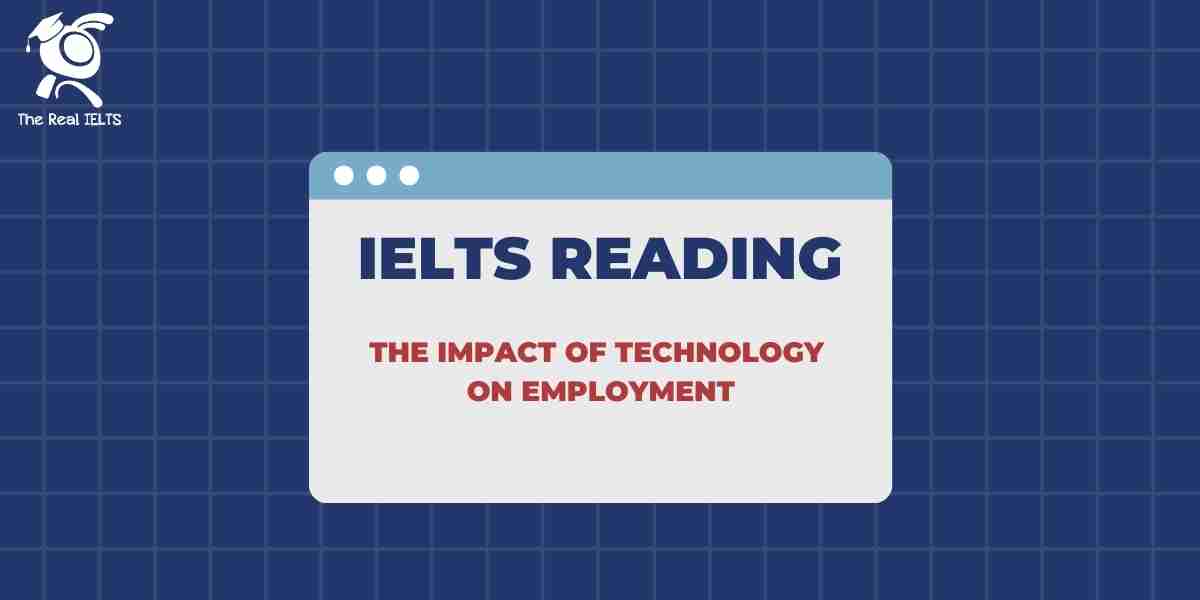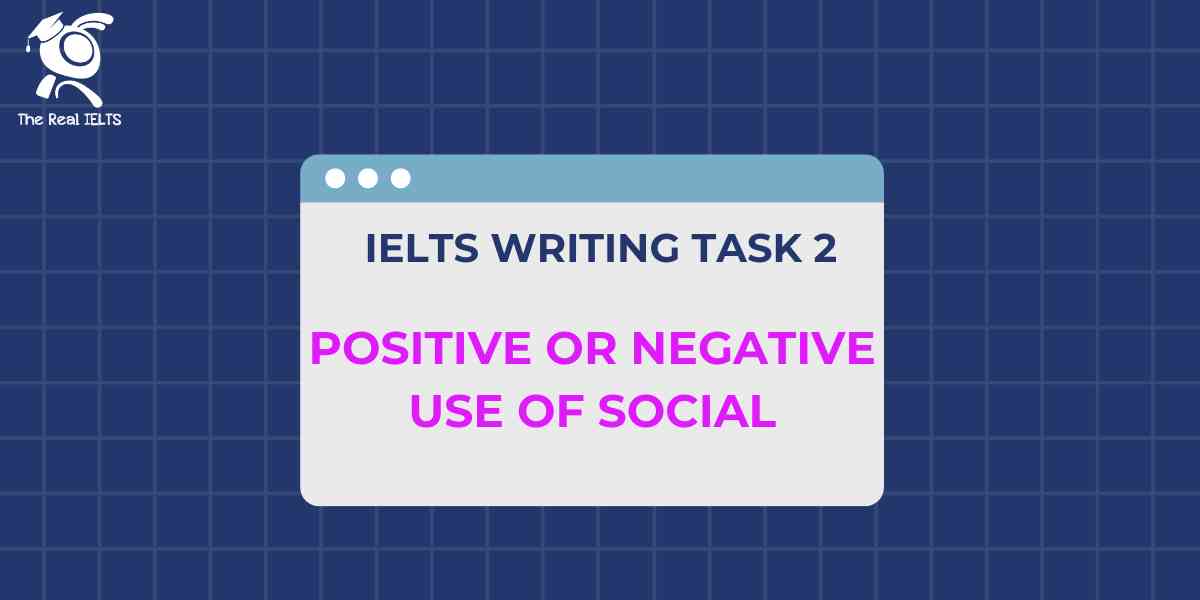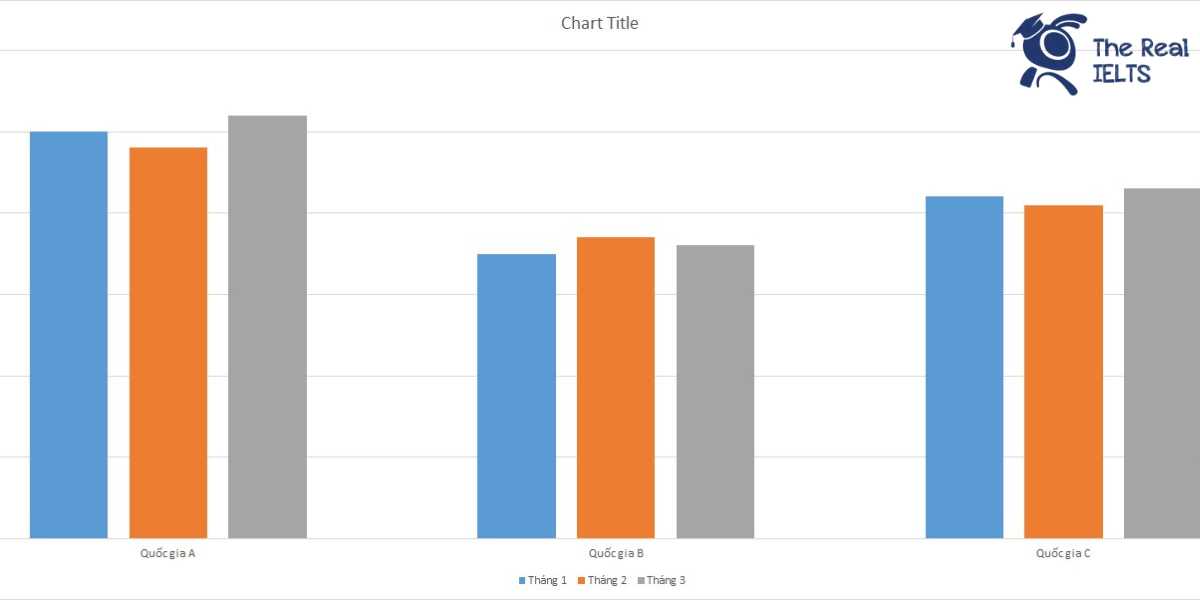Đề thi IELTS Reading có tiêu đề “The Challenges of Population Growth”
Nhớ đọc thêm các bài luyện thi IELTS nhé.
IELTS Reading:”The Challenges of Population Growth“
The Impact of Technology on Employment
In the modern world, technology has emerged as a powerful force that influences almost every aspect of life, including the nature of employment. Over the past few decades, technological advancements have revolutionized industries, changing the way businesses operate and how employees contribute to the workforce. While many argue that technology has created numerous job opportunities, others express concern that it is displacing workers and leading to higher levels of unemployment. This debate touches on both the positive and negative impacts of technology on employment, as well as the broader implications for the global economy and workforce.
One of the most notable ways technology has impacted employment is through automation. Automation refers to the use of machinery or software to perform tasks that were once carried out by humans. In industries such as manufacturing, logistics, and even customer service, robots and automated systems are becoming increasingly prevalent. This shift has led to the displacement of many manual labor jobs, as machines can often perform tasks more efficiently and with fewer errors than human workers. For instance, automated assembly lines have significantly reduced the need for factory workers, and self-checkout systems in supermarkets have lessened the demand for cashiers. This trend raises concerns about job loss, particularly for workers who lack the skills needed to adapt to new technologies.
However, while automation may eliminate certain types of jobs, it also creates new employment opportunities in other areas. As businesses integrate more technology into their operations, the demand for workers skilled in areas such as programming, data analysis, and machine maintenance has grown. The rise of technology has given birth to entirely new industries, such as software development, artificial intelligence (AI), and cybersecurity. These fields require highly skilled professionals, and companies are willing to pay competitive salaries to attract top talent. In this sense, technology has the potential to create more sophisticated and higher-paying jobs, benefiting individuals who possess the necessary technical skills.
Moreover, technology has facilitated the rise of the gig economy, which has transformed the nature of employment for many individuals. Platforms like Uber, Airbnb, and freelance marketplaces such as Upwork have allowed people to work independently and take on flexible, short-term contracts. This model of work enables individuals to have more control over their schedules and to supplement their income, providing opportunities that may not have been available in traditional employment settings. However, this shift also raises questions about job security, as gig workers often do not receive the same benefits, protections, or stability as full-time employees.
Another significant impact of technology on employment is the trend towards remote work. With the advent of high-speed internet, video conferencing tools, and cloud-based collaboration platforms, many companies now allow employees to work from home or other remote locations. This change became particularly pronounced during the COVID-19 pandemic, when businesses were forced to adapt to social distancing measures. Remote work has proven to be beneficial for both employers and employees in many cases. Companies can save on overhead costs, such as office space and utilities, while employees can enjoy greater flexibility and work-life balance. However, remote work is not suitable for all industries or job roles, and there are concerns that it may exacerbate inequalities between workers who can take advantage of these technologies and those in jobs that require a physical presence, such as healthcare and retail.
The integration of technology into the workforce has also led to changes in the skills that employees need to be competitive in the job market. As industries continue to evolve, there is a growing demand for workers with advanced technical skills, such as proficiency in coding, data analysis, and digital marketing. Consequently, employees who do not keep up with technological advancements may find themselves at a disadvantage. This has led to increased emphasis on lifelong learning and upskilling, as workers must continuously update their knowledge and abilities to remain relevant in the job market.
At the same time, the role of education and training has become even more crucial in preparing future workers for the demands of a technology-driven workforce. Schools and universities are increasingly incorporating STEM (Science, Technology, Engineering, and Mathematics) subjects into their curricula to equip students with the skills needed for jobs in high-tech fields. Governments and businesses are also investing in reskilling and vocational training programs to help workers transition to new industries. However, the challenge remains to ensure that these opportunities are accessible to everyone, including those in underserved or disadvantaged communities.
In conclusion, the impact of technology on employment is multifaceted and complex. While it is undeniable that technology has led to the displacement of some jobs, it has also created new opportunities, particularly for those with the skills to navigate the digital economy. The rise of automation, the gig economy, and remote work all illustrate the ways in which technology is reshaping the workforce. To ensure that the benefits of technological advancements are widely shared, it is essential to invest in education, training, and policies that promote inclusive growth. By doing so, society can better manage the challenges posed by technology and harness its potential to create a more dynamic and prosperous future for workers worldwide.
Đề bài thi IELTS Reading
Section 1: Multiple Choice Questions
Choose the correct answer (A, B, C, or D). There is only one correct answer for each question.
- What is one major consequence of automation in manufacturing industries?
- A) Increased need for manual labor
- B) Reduction in factory workers
- C) Higher error rates in production
- D) Decreased efficiency of assembly lines
- Which sector is NOT mentioned as being affected by automation in the passage?
- A) Manufacturing
- B) Logistics
- C) Healthcare
- D) Customer service
- According to the passage, what type of jobs has technology created?
- A) Manual labor positions
- B) High-skilled technical roles
- C) Traditional retail jobs
- D) Agricultural jobs
- What is a characteristic of the gig economy as described in the text?
- A) Long-term employment contracts
- B) Fixed working hours
- C) Flexible, short-term contracts
- D) Guaranteed job security
- Which of the following is a benefit of remote work mentioned in the passage?
- A) Increased office space requirements
- B) Greater flexibility for employees
- C) Higher utility costs for companies
- D) Limited work-life balance
- What has become more crucial for employees to remain competitive, according to the passage?
- A) Physical strength
- B) Advanced technical skills
- C) Traditional office etiquette
- D) Manual dexterity
- Which pandemic-related change highlighted the rise of remote work?
- A) Increased travel restrictions
- B) Implementation of social distancing measures
- C) Closure of manufacturing plants
- D) Surge in online retail
- What is a potential downside of the gig economy as discussed in the passage?
- A) Lack of job opportunities
- B) Decreased flexibility for workers
- C) Absence of employee benefits
- D) Higher salaries for gig workers
- Which new industry is NOT mentioned as a result of technological advancements?
- A) Artificial Intelligence (AI)
- B) Cybersecurity
- C) Biotechnology
- D) Software development
- What do governments and businesses invest in to help workers transition to new industries?
- A) Office infrastructure
- B) Marketing campaigns
- C) Reskilling and vocational training programs
- D) Traditional education methods
Section 2: True/False/Not Given
For each statement, decide whether it is True, False, or Not Given according to the passage.
- Automation has completely eliminated the need for factory workers.
- True
- False
- Not Given
- Remote work became more common before the COVID-19 pandemic.
- True
- False
- Not Given
- Gig workers receive the same benefits as full-time employees.
- True
- False
- Not Given
- The passage states that technology has only negative impacts on employment.
- True
- False
- Not Given
- High-speed internet is essential for the rise of remote work.
- True
- False
- Not Given
- All industries can easily adopt remote working practices.
- True
- False
- Not Given
- Self-checkout systems in supermarkets have increased the demand for cashiers.
- True
- False
- Not Given
- Education systems are incorporating more STEM subjects to prepare students for high-tech jobs.
- True
- False
- Not Given
- Automation leads to higher error rates compared to human workers.
- True
- False
- Not Given
- The passage does not mention any benefits of technology on employment.
- True
- False
- Not Given
Section 3: Yes/No/Not Given
For each statement, decide whether the information is Yes (the author agrees), No (the author disagrees), or Not Given (the information is not provided) according to the passage.
- The author believes that technology will eventually create more jobs than it displaces.
- Yes
- No
- Not Given
- According to the passage, all workers will benefit equally from technological advancements.
- Yes
- No
- Not Given
- The passage suggests that lifelong learning is unnecessary for modern workers.
- Yes
- No
- Not Given
- The author argues that remote work is beneficial only for employers.
- Yes
- No
- Not Given
- The passage states that technology has no impact on the global economy.
- Yes
- No
- Not Given
Section 4: Matching Information
Match each statement (1-5) with the correct paragraph (A-F) from the passage.
Statements:
- The role of education in preparing workers for technological changes.
- Benefits and drawbacks of remote work.
- The emergence of new industries due to technology.
- The impact of automation on manual labor jobs.
- The rise of the gig economy.
Paragraphs:
- A) Paragraph 3
- B) Paragraph 5
- C) Paragraph 2
- D) Paragraph 4
- E) Paragraph 6
- F) Paragraph 7
Answers:
- E
- D
- F
- C
- B
Section 5: Matching Headings
Choose the correct heading (A-I) for each paragraph (1-6) from the list below. Write the correct letter beside each paragraph number.
Headings: A) The Benefits of Automation
B) Creation of High-Skilled Jobs
C) Challenges of the Gig Economy
D) The Evolution of Remote Work
E) Importance of Education and Training
F) Overview of Technology’s Impact
G) Risks of Job Displacement
H) Financial Implications for Companies
I) Future Prospects for Employment
Paragraphs:
- Paragraph 1
- Paragraph 2
- Paragraph 3
- Paragraph 4
- Paragraph 5
- Paragraph 6
Answers:
- F
- G
- B
- C
- D
- E
Section 6: Matching Features
Match each feature (A-C) with the correct category (1-3) from the passage.
Features: A) High-speed internet and video conferencing tools
B) Platforms like Uber and Upwork
C) STEM subjects in education
Categories:
- Remote Work
- Gig Economy
- Education and Training
Answers:
- A
- B
- C
Section 7: Matching Sentence Endings
Complete the sentences by choosing the correct ending (A-F) from the list below.
Sentences:
- Automation has led to the displacement of some jobs, particularly in…
- The rise of the gig economy has allowed individuals to…
Endings: A) engage in flexible, short-term contracts.
B) decrease the need for manual labor.
C) receive the same benefits as full-time employees.
D) require advanced technical skills.
E) operate with fewer errors than humans.
F) expand traditional employment settings.
Answers:
- B
- A
Section 8: Sentence Completion
Complete the sentence below with no more than three words from the passage.
- Workers must continuously update their knowledge and abilities to remain ______ in the job market.
Section 9: Summary Completion
Complete the summary below using words from the passage. Write your answers in the space provided.
- The integration of technology into various industries has led to the creation of new ________, such as artificial intelligence and cybersecurity.
Section 10: Short Answer Questions
Write your answers using no more than two words from the passage.
- What type of training programs are governments investing in to help workers transition?
- Name one benefit companies gain from remote work.
- Which pandemic highlighted the necessity of remote work?
- List one area where the demand for workers has grown due to technology.
- What term describes the use of machinery to perform tasks previously done by humans?
Đáp án bài thi IELTS Reading
Section 1: Multiple Choice Questions
- B) Reduction in factory workers
- C) Healthcare
- B) High-skilled technical roles
- C) Flexible, short-term contracts
- B) Greater flexibility for employees
- B) Advanced technical skills
- B) Implementation of social distancing measures
- C) Absence of employee benefits
- C) Biotechnology
- C) Reskilling and vocational training programs
Section 2: True/False/Not Given
- False
- False
- False
- False
- True
- False
- False
- True
- False
- False
Section 3: Yes/No/Not Given
- Not Given
- No
- No
- No
- No
Section 4: Matching Information
- E
- D
- F
- C
- B
Section 5: Matching Headings
- F) Overview of Technology’s Impact
- G) Risks of Job Displacement
- B) Creation of High-Skilled Jobs
- C) Challenges of the Gig Economy
- D) The Evolution of Remote Work
- E) Importance of Education and Training
Section 6: Matching Features
- A) High-speed internet and video conferencing tools → 1. Remote Work
- B) Platforms like Uber and Upwork → 2. Gig Economy
- C) STEM subjects in education → 3. Education and Training
Section 7: Matching Sentence Endings
- B) decrease the need for manual labor.
- A) engage in flexible, short-term contracts.
Section 8: Sentence Completion
- competitive
Section 9: Summary Completion
- industries
Section 10: Short Answer Questions
- Reskilling programs
- Lower overhead costs
- COVID-19
- Data analysis
- Automation
Luyện tập bài khác ở bài viết:”100 bài luyện IELTS Reading 2024 – 2025“















